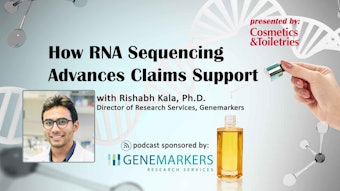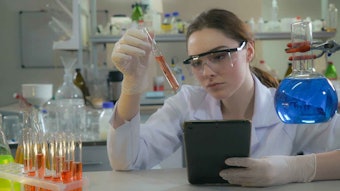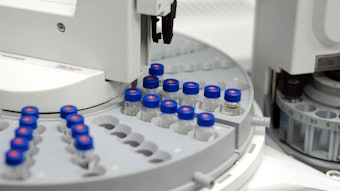Healthy and intact skin was formerly considered an impermeable barrier designed to shield the living organism from all types of environmental injury, and certainly offering protection from all things chemical. Now skin is recognized as a semi-permeable membrane. Microorganisms cannot penetrate it, but it is pervious to chemicals, selectively allowing molecular passage in and out of the skin.
Although absorption through the skin occurs to a lesser degree than through other routes, the large body surface area constitutes a substantial risk in case of significant cant exposure to chemical agents. As the major interface between man and his environment, the skin is thus a pharmacologically relevant port of entry for xenobiotics. This potentially affords beneficial effects from transdermal delivery of therapeutics, but it also allows the uptake of hazardous substances potentially resulting in untoward cutaneous and systemic effects.
Among those hazardous substances are metals and their compounds, ubiquitous in man’s environment. Some of those substances are highly toxic. Workers in occupational medicine and regulatory agencies have a major concern that exposure to these hazardous substances in the workplace may enable the substances to find entrance into the human organism through the integument.










